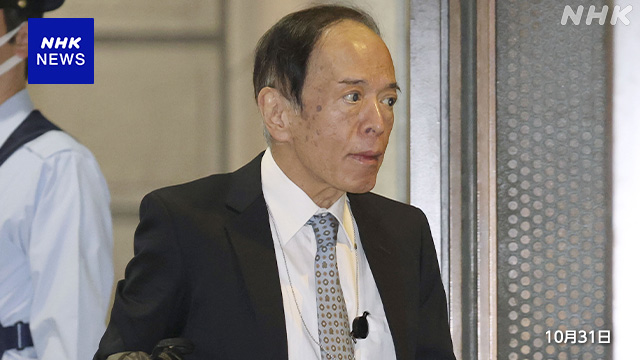At the Monetary Policy Meeting held until March 31, the Bank of Japan decided to allow long-term interest rates to exceed 1 percent to a certain extent, but at this meeting, it was found that a number of Policy Board members expressed the view that it was desirable to further make the conduct of monetary policy more flexible in order to effectively continue with monetary easing while limiting side effects. In addition, there were comments that looked ahead to the normalization of monetary policy in the future.
At last month's meeting, the Bank of Japan decided to make its policy more flexible and allow long-term interest rates to exceed a certain level of 1 percent amid increasing upward pressure on long-term interest rates.
According to the "Main Opinions" released on September 9, members expressed concerns that "the risk of major side effects in terms of market fluctuations and other factors would increase if long-term interest rates were kept strictly suppressed," and that "reducing speculative movements would lead to an improvement in the resilience of the monetary policy framework."
In order to effectively continue with monetary easing while limiting side effects, there were a number of opinions that it was desirable to further increase the flexibility of the conduct of monetary policy.
At the meeting, there was an opinion that "the probability of achieving the price stability target of 2 percent seems to have increased further than at the time of the July meeting, and it is necessary to make adjustments gradually starting with maximum monetary easing," and that "it is important to disseminate information to the market to prepare for a world in which interest rates exist, with a view to a future exit." There were also remarks that looked ahead to the normalization of monetary policy in the future.

